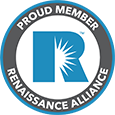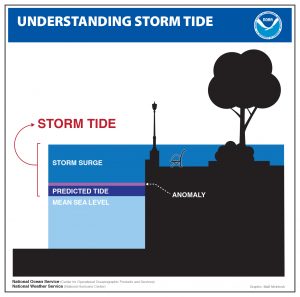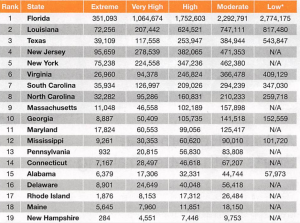Does Your Auto Insurance Cover Rental Cars?
When renting a car, the rental company will typically ask if you’d like to purchase insurance coverage for the vehicle. It’s at this point when you have to ask yourself: Do my personal insurance policies provide the coverage I need, or should I purchase insurance through the rental car company?
Although standard auto insurance policies may extend to rented vehicles, you should never assume you are protected. Examining your own auto insurance policy will show you the types of coverage you already possess and where additional coverage may be needed. Since auto policies differ, it’s a good rule of thumb to contact your broker so they can help you navigate your policy and determine if you have the appropriate amount of coverage when renting a vehicle.
Examining Your Insurance Policies
When deciding whether or not your personal insurance will cover your rental car, there are a few different coverages you should have. If you answer yes to all of the following questions, you may not need to purchase additional coverage:
- Do you have liability, collision or comprehensive car insurance? Liability, collision and comprehensive insurance are the three main coverage options available when purchasing car insurance. Although it is not always required to purchase all three coverages, they can optimize your protection in the event of an accident.
- Liability insurance provides coverage if you damage or injure another person or their personal property.
- Collision insurance provides coverage if your vehicle is involved in a collision, either with another vehicle or object.
- Comprehensive insurance provides coverage if your car is damaged by a variety of exposures such as theft, vandalism or natural disasters.
- Does your policy cover administrative fees, loss of use or towing charges? It’s always a good idea to check see whether your insurance company pays for—or provides a rider for—additional fees associated with rental cars. This coverage can be helpful if a car you rent is lost, stolen or damaged.
- Do you have a renters or homeowners policy that will cover your belongings if lost or damaged? Your homeowners or renters insurance policy covers your personal belongings from theft, fire or vandalism within your home. Policies often include off-premises coverage that can extend your coverage to outside your residence. Therefore, if personal belongings in your vehicle are stolen or damaged, your homeowners or renters insurance policy may be able to cover a percentage of your losses. Not all insurance carriers will extend coverage to protect personal belongings within your vehicle—always check with your broker to see what your renters or homeowners policy covers.
What Is Rental Car Insurance, and What Does It Cover?
Car rental companies provide additional coverage that is often used to supplement insurance you already possess.
Rental car agencies offer four different coverage options:
- Supplemental liability insurance: Most car rental companies need to have the minimum amount of liability coverage required by the state, but oftentimes it isn’t an adequate amount of coverage. If you have a personal car insurance policy with a high liability limit, you may not need additional protection.
- Loss damage waiver (LDW)/collision damage waiver (CDW): This is not insurance per se, but rather a document that can alleviate your financial responsibility should your rental vehicle be damaged or stolen. This also includes loss of use coverage if the rental company charges you for the amount of time the car could not be used while being repaired, as well as other administrative fees the car rental agency assesses. The LDW may become void if the incident occurred from the driver of the rented vehicle exhibiting reckless behavior, speeding or the vehicle being driven on unpaved roads.
- Personal accident insurance: This will cover the driver and any passengers within the rented vehicle for any medical bills caused by a car crash. This coverage is useful if you do not already have health insurance or personal injury protection insurance.
- Personal effects coverage: This covers any personal belongings that are stolen from the rental vehicle. If you already have renters or homeowners insurance, this may already be covered under your policy.
The coverages offered are oftentimes the same as what you already have for your personal car insurance. Again, to avoid paying for coverage you already have, review your policy before renting a vehicle.
Does Your Credit Card Provide Rental Insurance?
Many reputable credit card companies offer rental insurance to their customers. To utilize this secondary form of coverage, you must put the total amount of the car rental on your credit card. In many cases, credit card companies will also require you to deny any insurance offered by the car rental agency in order to access their coverage. In the event that your rental car is in a covered incident, the credit card company will help cover costs of damage or theft up to a certain dollar amount. Various rental car fees can be covered by your credit card, but this can vary by provider.
Before purchasing any additional coverage through the car rental facility, call your credit card company to see if your card offers car rental insurance. Since most credit card rental insurance is classified as a secondary form of coverage, you may need to rely on your personal auto insurance coverage first.
Ask About Your Policy
Deciding on your rental car coverage can be a tricky endeavor. Before purchasing any extra coverage, talk to your insurance broker about your personal auto insurance policy and whether you may need to purchase any additional insurance. No one wants to pay more for their auto insurance, and you shouldn’t have too.
If you have any questions or are unsure if rental vehicles are covered under your policy, contact Anastasi Insurance Agency, Inc. today.





